Christy Rodriguez
Travel & Finance Content Contributor
87 Published Articles
Countries Visited: 36U.S. States Visited: 31
After having “non-rev” privileges with Southwest Airlines, Christy dove into the world of points and miles so she could continue traveling for free. Her other passion is personal finance, and is a cer...
Edited by: Keri Stooksbury
Keri Stooksbury
Editor-in-Chief
32 Published Articles 3109 Edited Articles
Countries Visited: 45U.S. States Visited: 28
With years of experience in corporate marketing and as the Executive Director of the American Chamber of Commerce in Qatar, Keri is now Editor-in-Chief at UP, overseeing daily content operations and r...
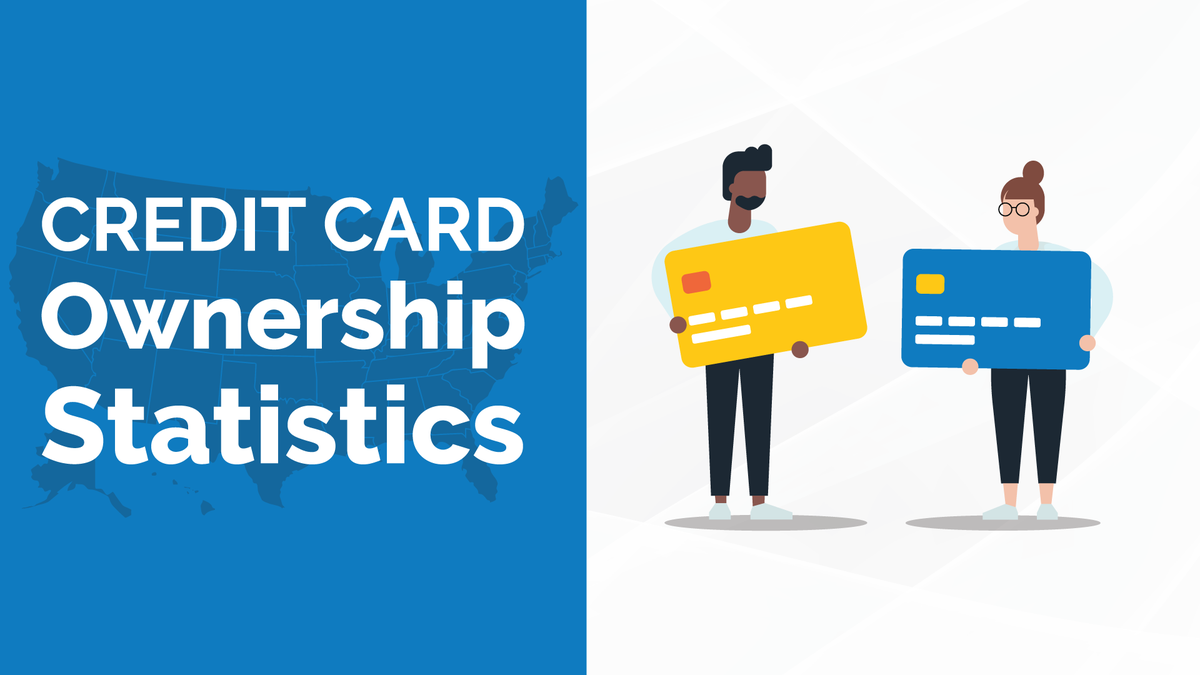
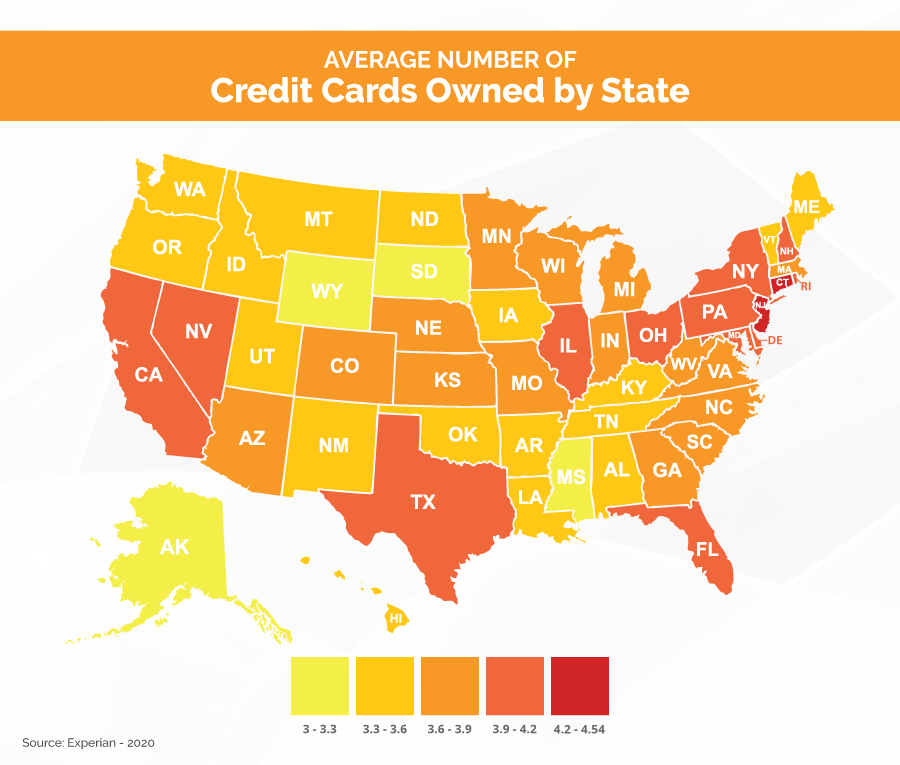
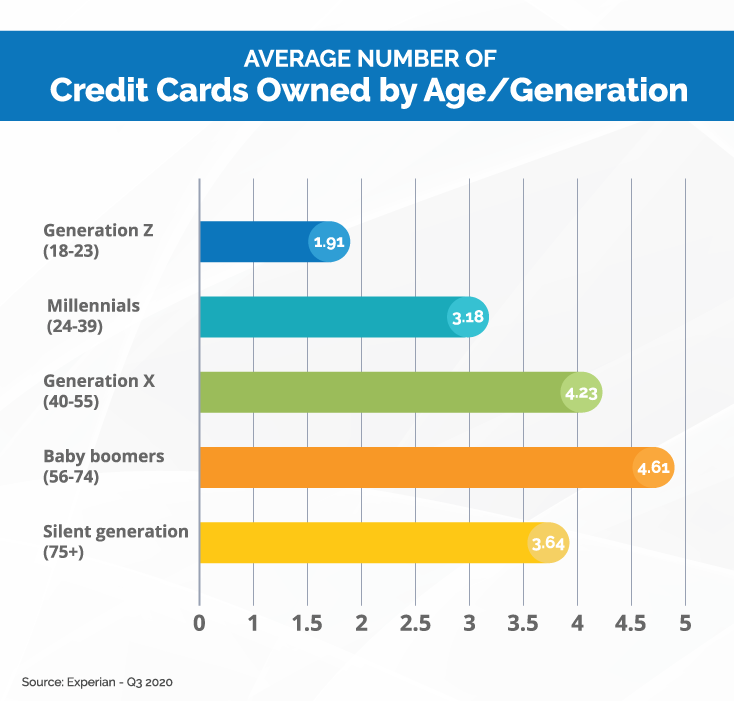
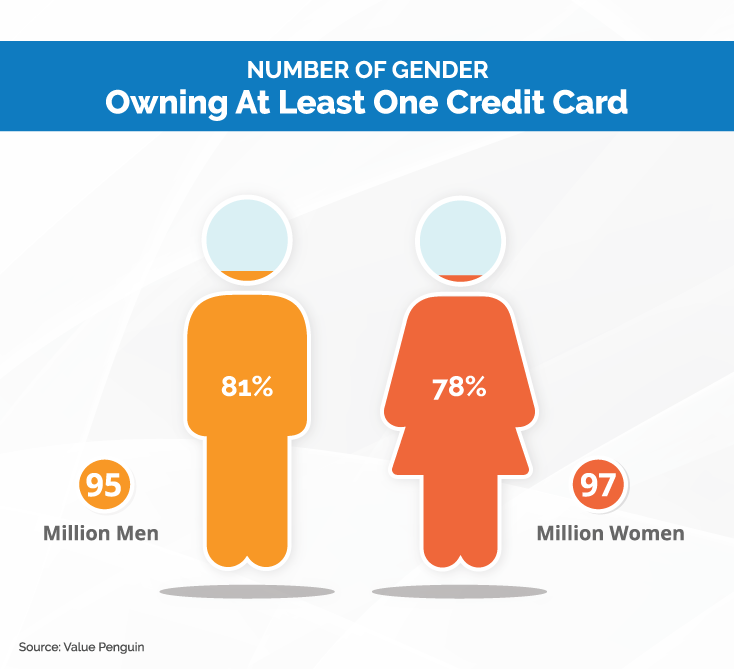
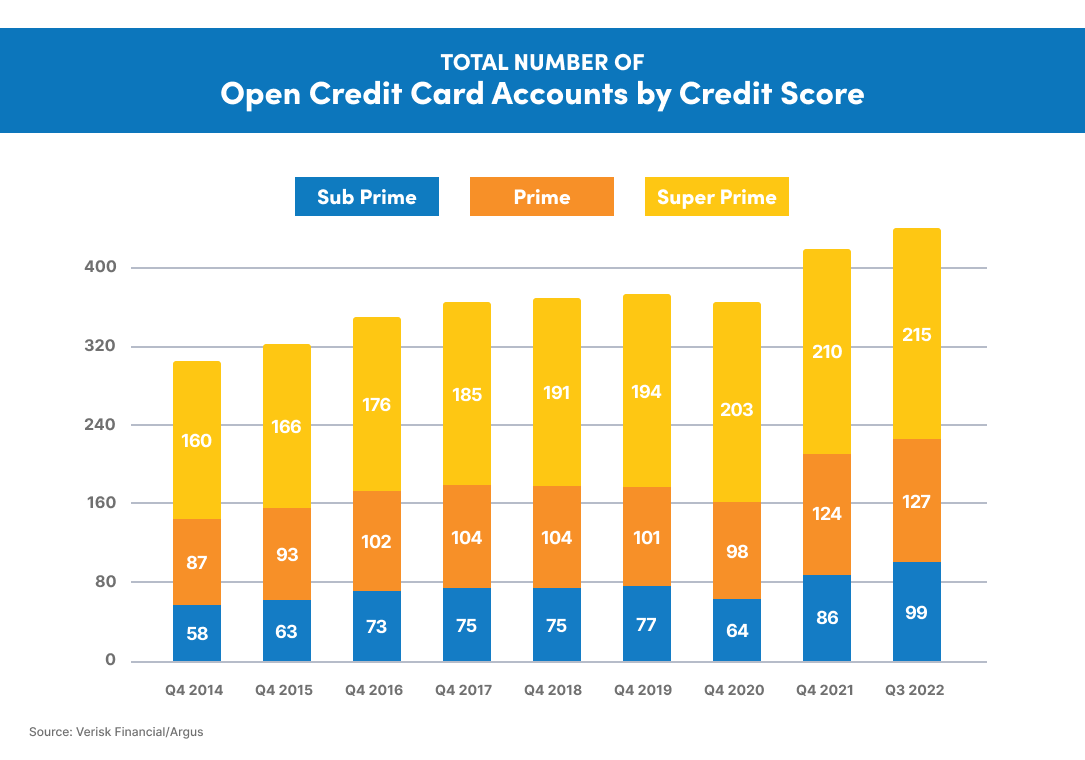
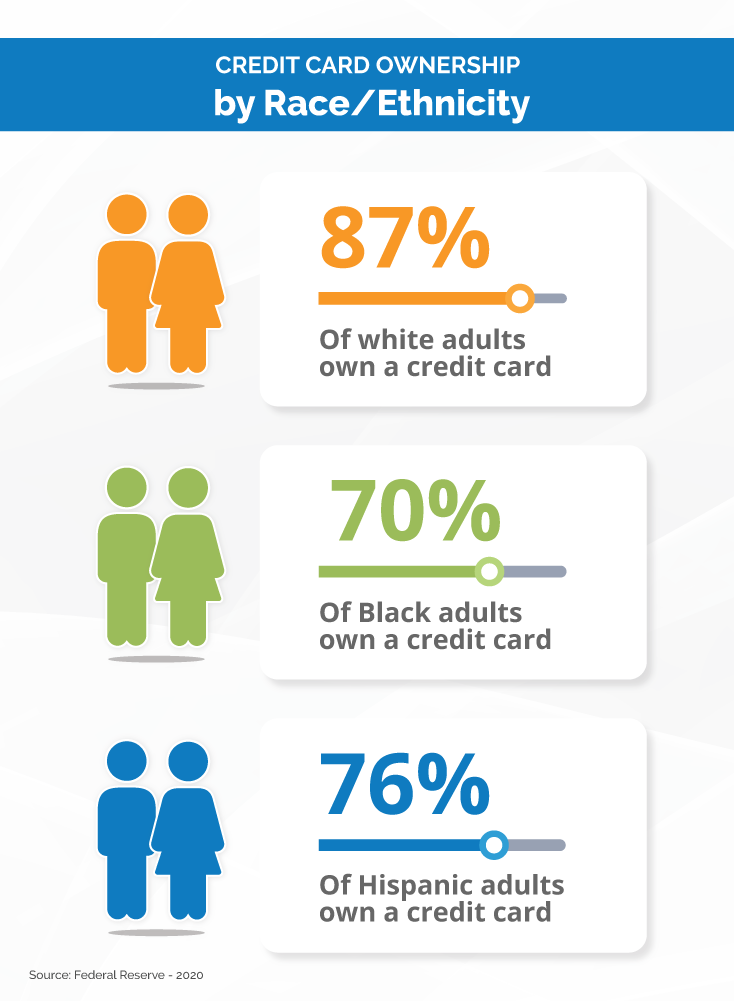

![Credit One Bank Wander® Visa® – Full Review [2024]](https://upgradedpoints.com/wp-content/uploads/2021/08/Credit-One-Wander-Card.jpeg?auto=webp&disable=upscale&width=1200)


